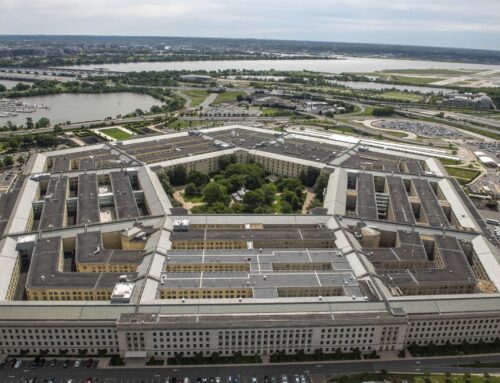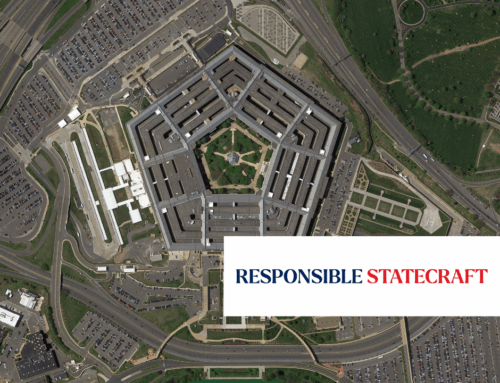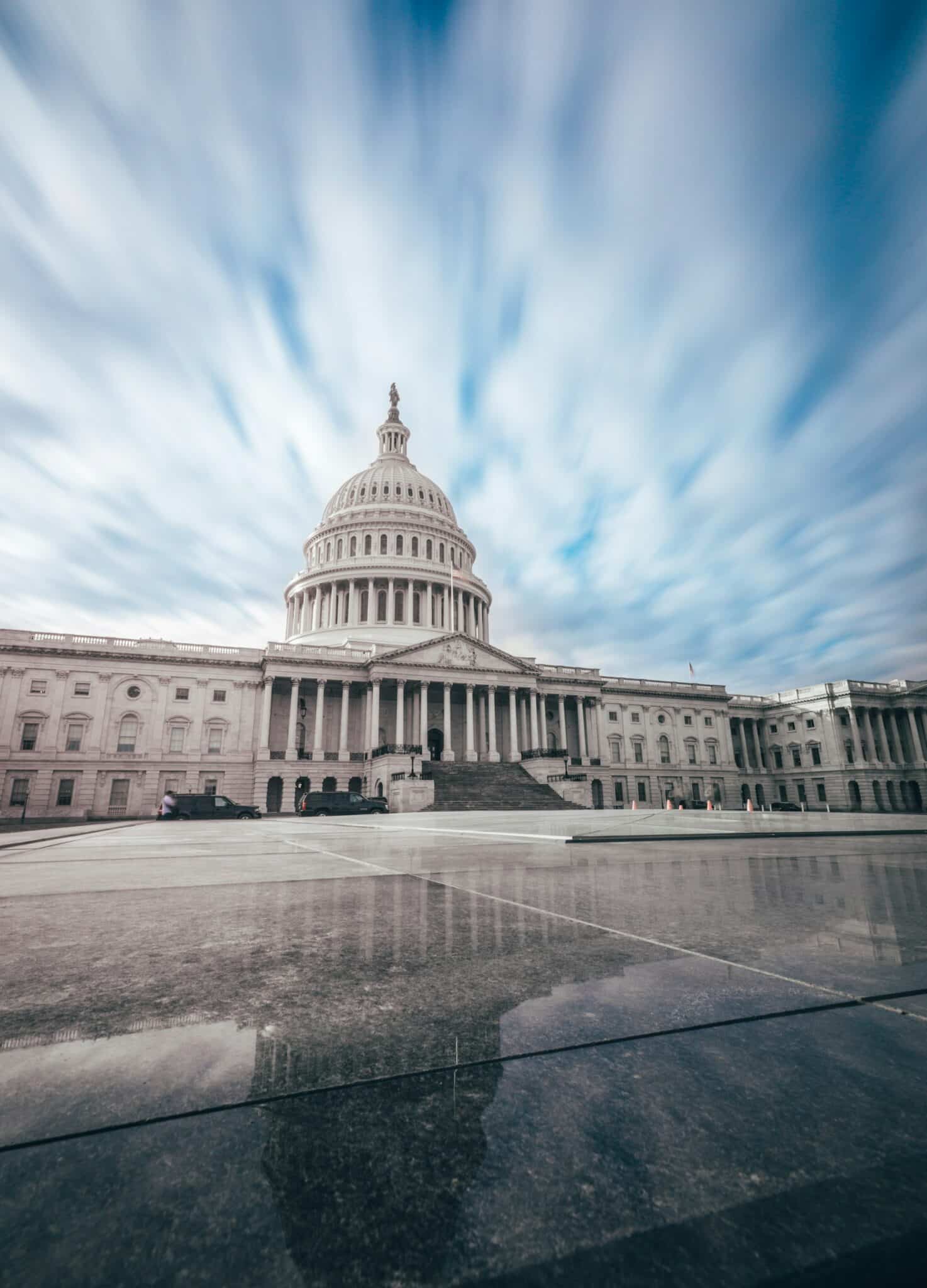The authority of the President to seal the border or limit entry into the United States has sparked considerable legal and political debate, particularly following the collapse of the border security bill in the Senate and the president’s recent flirtation with closing the border through executive action. Amidst congressional discussions regarding the President’s power to unilaterally address border issues, it’s crucial to recall that, like other national security expenditures, allocating billions of dollars’ worth of additional taxpayer funds to the Southern Border ought to be approached with a strategic plan. Moreover, it’s essential to recognize the significant role Congress must play in this matter.
Several federal statutes give the President broad powers to suspend the entry of any class of aliens deemed detrimental to the interests of the United States. This was notably invoked by President Jimmy Carter in 1979 to deny visas to Iranian nationals and by President Trump in Proclamation 9645, which barred entry to nationals of seven, Muslim majority countries—a measure upheld by the Supreme Court in Trump v. Hawaii.
President Johnson temporary closed ports of entry on the southern border immediately following President Kennedy’s assassination in 1963, and President Reagan closed nine ports of entry for a few days after the abduction of a Drug Enforcement Administration agent in 1985. These actions, however, did not face legal challenges.
During the COVID-19 pandemic, significant restrictions were placed on the entry of certain aliens under declared public health emergencies. However, the extent to which these powers can be applied in situations not tied to emergencies, such as a pandemic, remains a subject of legal debate. The Trump Administration’s attempt to make certain aliens ineligible for asylum, for instance, was invalidated by the Ninth Circuit Court of Appeals. The Supreme Court has also recognized that U.S. citizens possess a substantive right to enter the United States, and any executive action preventing their reentry could raise constitutional questions.
One of the continuing points of disagreement is the construction of a border wall. During his presidency, Donald Trump sought to fulfill a campaign promise to build a wall along the U.S.-Mexico border. Funding for the wall became a contentious issue, leading to a partial government shutdown in 2018 and 2019. President Trump declared a national emergency in February 2019 to redirect tax dollars from other government accounts to finance the wall’s construction after Congress provided only a fraction of the requested funds.
This faced obvious legal challenges, as it overstepped executive authority and violated the Constitution’s separation of powers by bypassing Congress’s control over federal spending. The Ninth Circuit eventually rejected the Trump administration’s diversion of military funds for the wall, stating that the transfer amounted to drawing funds from the Treasury without authorization by statute, thus violating the Appropriations Clause of the Constitution.
Last year, the House of Representatives passed the Secure the Border Act of 2023, also known as H.R.2, which includes several measures aimed at strengthening border security, particularly through the resumption of border wall construction. The Act requires the Department of Homeland Security (DHS) to restart border wall construction activities within seven days of the bill’s enactment. It also increases funding for border barriers and enforcement personnel as well as allowing for eminent domain to acquire land necessary for the border wall’s construction.
TCS has opposed the construction and funding of a border wall as President Trump envisioned because it would not significantly enhance homeland security and would be an excessive and wasteful use of taxpayer resources. The proposed wall could cost between $20-25 billion, with additional costs for surveillance technology to make it effective, bringing the total to an estimated $32-37 billion.
We have also highlighted that there are already physical barriers along more than 650 miles of the border, and the logistical and environmental challenges of constructing a wall along the diverse terrains of the U.S.-Mexico border, which include rugged deserts, creek beds prone to flooding, mountainous areas, as well as private land make this a particularly expensive option.
Meanwhile, according to DHS, the number of individuals who overstay their legally obtained visas has outnumbered those who enter the country illegally across the southern border for several years. This indicates that a substantial number of unauthorized immigrants are initially admitted to the United States on valid temporary visas but fail to depart when required to do so, becoming overstays.
While the President does have significant statutory authority in matters of immigration and border control, the use of this power is not without legal and constitutional constraints, particularly when it comes to actions that may affect U.S. citizens or bypass congressional appropriations.
Ultimately, the resolution of these debates will require careful consideration of the legal precedents, the actual security needs of the nation, and the most effective and responsible use of taxpayer resources. It is imperative that any actions taken to secure the border are grounded in a clear understanding of the issues at hand and are carried out in a manner that upholds the Constitution and respects the role of Congress in determining how tax dollars are spent.










